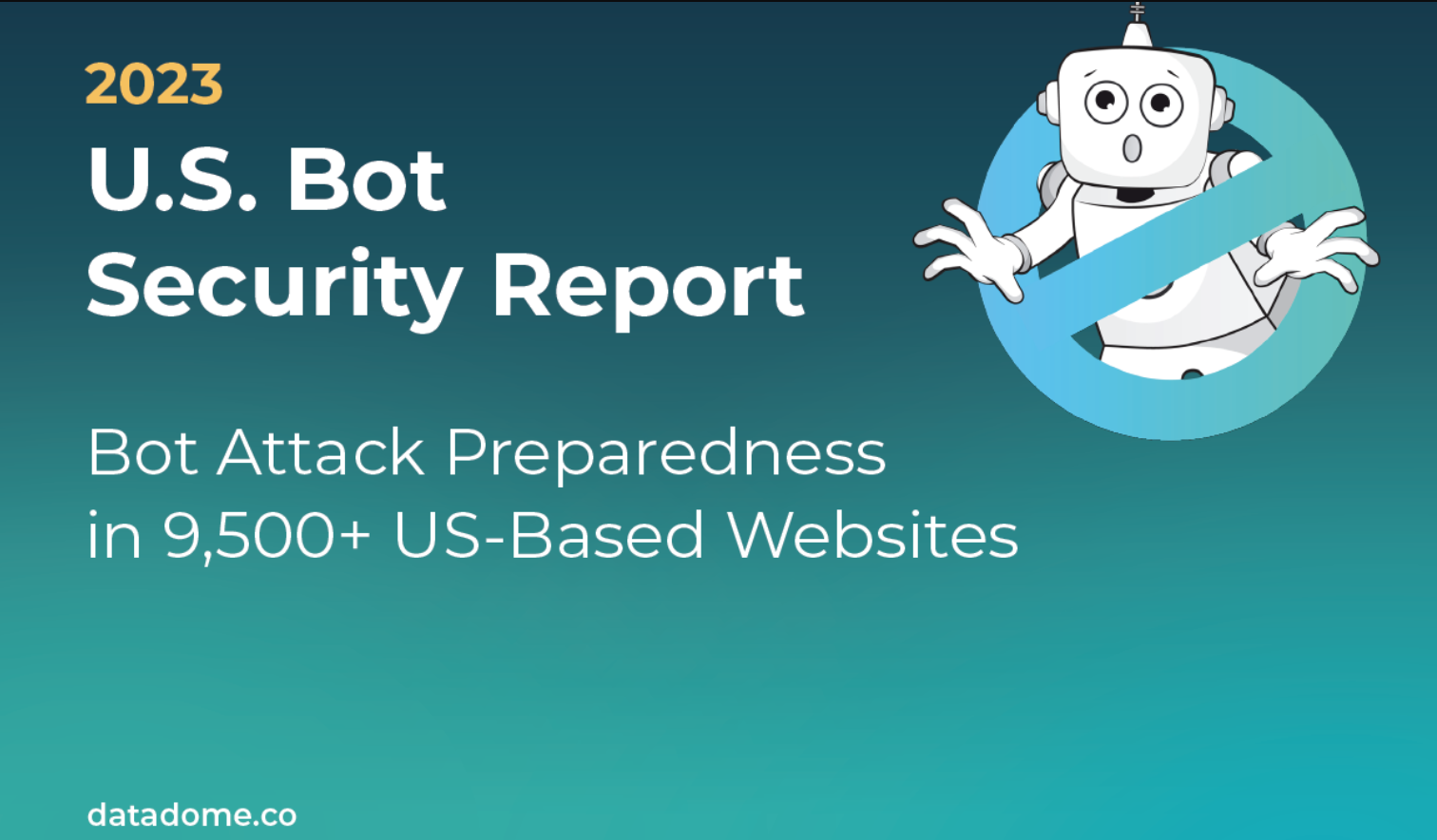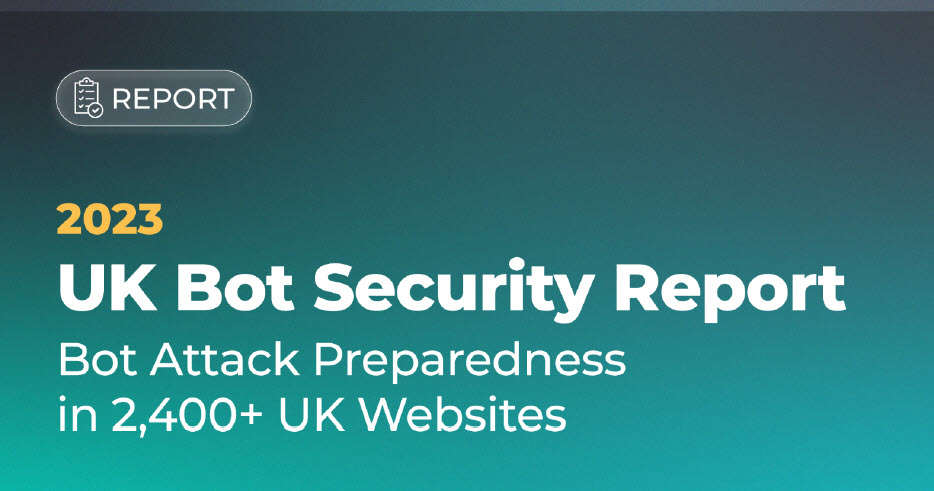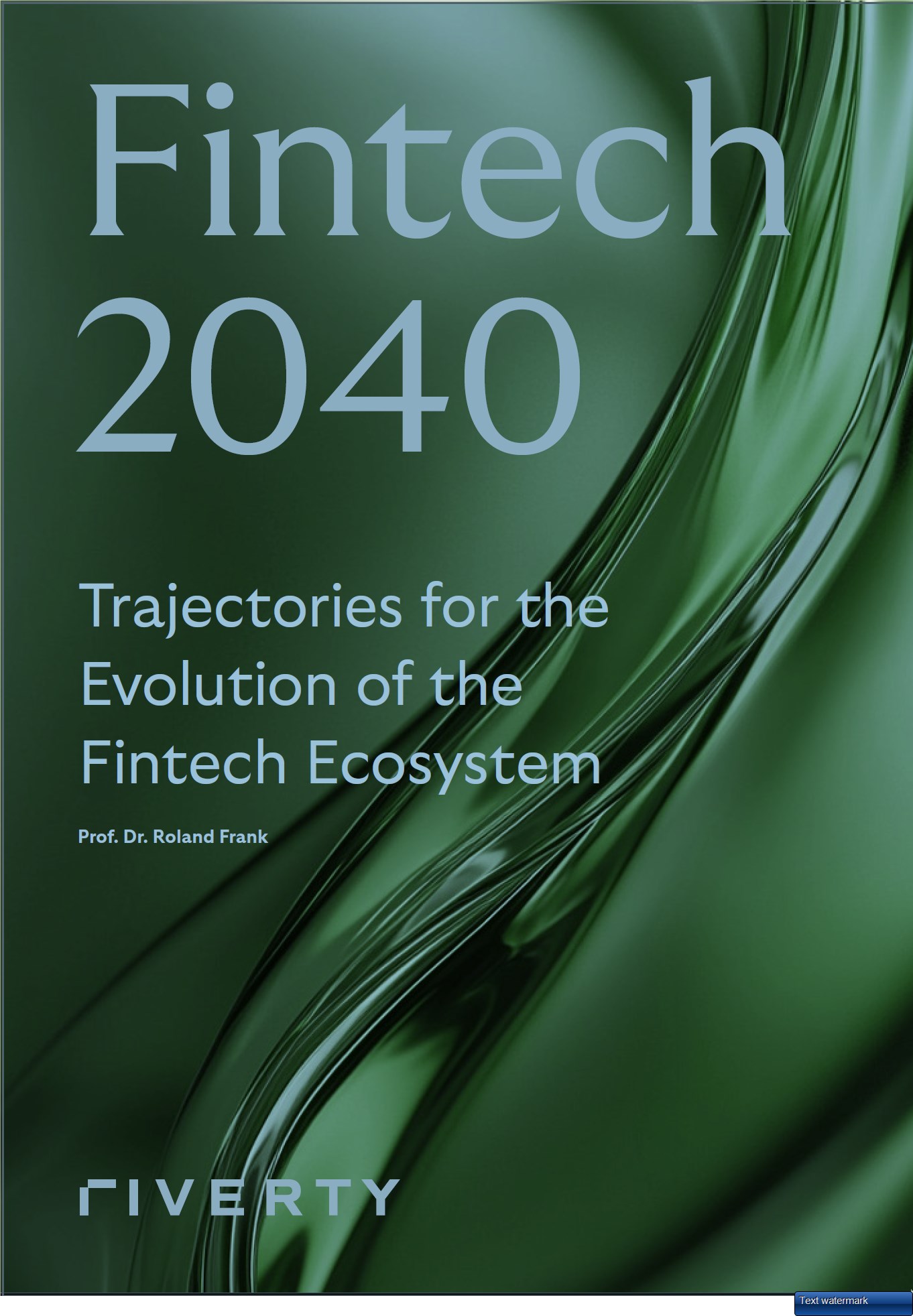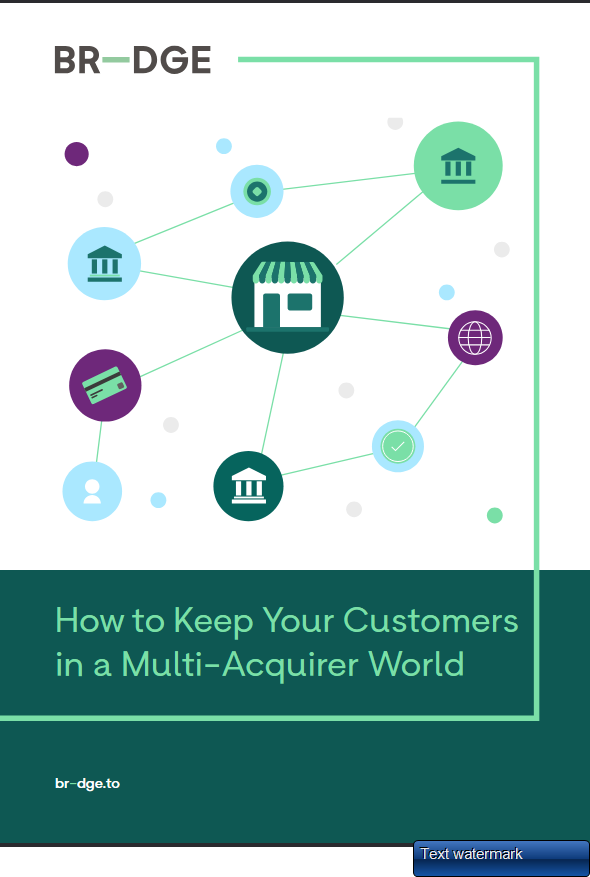Combating User-Generated Content Fraud through Security and Fraud Team Collaboration
By Alex Forss
The growth of the digital economy has brought with it many challenges, one of which is user-generated content fraud. User generated content fraud is a rapidly growing problem that poses a serious threat to businesses that operate online. This type of fraud involves the manipulation of content moderation systems to post fraudulent or malicious content on a website or platform. Examples of this content include spam, fake news, fake reviews, false images, hate speech, and other types of harmful content.
The consequences of content moderation fraud can be severe and far-reaching. This type of fraud can damage a business's reputation, spreading misinformation and negative sentiment about the brand. It can also result in legal and regulatory repercussions, damaging customer trust in a business. As such, it is of the utmost importance that security and fraud teams work together to tackle these challenges effectively.
To address the challenges posed by user-generated content fraud, including other types of fraud that have far reaching consequences, it is necessary for security and fraud teams to collaborate and share information.
There are several benefits to this type of collaboration, including:
1. Comprehensive Coverage: Security teams are responsible for protecting the infrastructure and data of a business, while fraud teams are tasked with detecting and preventing fraudulent activities. By working together, these teams can provide comprehensive coverage that minimizes the risk of data siloes and data visibility fraud and maximizes the protection of customer data.
2. Unifying Data Siloes: The fragmentation of data is one of the biggest challenges in tackling user-generated content fraud. Fraud teams and security teams often work with different data sets and tools, making it difficult to obtain a complete picture of the problem. By unifying data siloes between these two teams, they can gain a more complete understanding of the fraud landscape and make better decisions.
3. Leveraging Real-time Data with Greater Context and Visibility: Real-time data is critical in the fight against user-generated content fraud. By leveraging real-time data with greater context and visibility, fraud teams can quickly detect and prevent fraudulent activities. Security teams can also use this data to enhance their protection measures, ensuring that the infrastructure and data are secure.
4. Building Digital Behavioral Signatures: Traditional fraud detection methods rely on static device IDs, which can be easily evaded by fraudsters. To ensure that good users are not negatively impacted, it is important to build digital behavioral signatures that take into account the unique behavior patterns of each user. This allows fraud teams to detect fraudulent activities with greater accuracy and prevent false positive results.
In order to effectively combat user-generated content fraud, businesses must adopt a more proactive approach to content moderation. This includes implementing stricter moderation policies and guidelines and utilizing advanced technology to automatically flag and remove potentially harmful content. Additionally, businesses must collaborate deeper between content moderation, trust & safety, and security teams to gain a better understanding of the different types of content moderation fraud and the methods used by fraudsters.
One way to achieve this outcome is by aligning on a single platform that integrates all customer session data, point solution integrations, decision automation, risk rules, mitigation strategies, and investigation tools under one roof. This approach allows businesses to respond to new threats and advance their risk defense roadmap in a matter of minutes, instead of months, without diverting busy engineering teams. By bringing security and fraud teams together to collaborate on a unified platform, businesses can ensure that they are equipped to tackle the challenges posed by user-generated content fraud and protect their customers, reputation, and bottom line.
About Darwinium
Darwinium is a no-code fraud prevention platform that focuses on constructing consumer identities and journeys using behavioral intelligence insights. With a vision to better protect customers from friction, fraud, and online abuse, Darwinium employs proprietary digital signatures to understand online behavior, identity, and intent.
The platform was created to tackle the limitations of traditional siloed fraud prevention solutions that provide limited intelligence across moments in time. Rather than the traditional approach of deploying vendor integrations with in your risk API, Darwinium is deployed in front of your website, reducing deployment time and the ability to stop real-time fraud from months to minutes and providing a single source for all facts, including the ability to consolidate rules, roles and vendor integrations.
To learn more about Darwinium, feel free to reach out directly through the website.
















